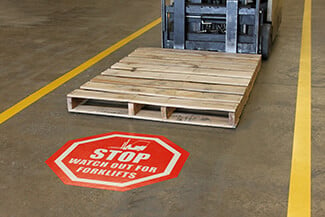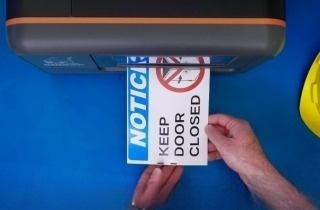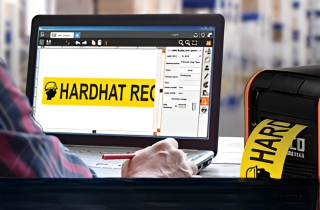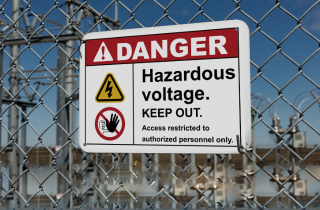Safety Tips to Drive Down Work Traffic Injuries

Human error and distracted driving are the leading reasons behind an increase in struck-by injuries, according to recent data from agencies such as the Census of Fatal Occupational Injuries and the Survey of Occupational Injuries and Illnesses. It is statistics like this that prompt the Drive Safely Work Week campaign, sponsored by the Network of Employers for Traffic Safety (NETS), and Distracted Driving Awareness Month by the Dept. of Transportation to put the safety pedal to the industrial metal to lessen the numbers of injuries and fatalities caused by vehicle impacts at work and on the road. These campaigns encourage the public and businesses to be more aware to prevent vehicle crashes on and off the job.
The Main Distraction
In 2016, among the 1,252 work-related traffic deaths, the Census of Fatal Occupational Injuries reports that the transportation and warehousing industry had the highest share (about 37%). Construction, retail trade, and agriculture rounded out the top four. According to OSHA, in 2013, 37% of deaths and 71% of serious injuries were caused by being struck, thrown, or crushed by forklifts. The National Highway Traffic Safety Administration (NHTSA) says many workplace vehicle and pedestrian collisions result from distractions that include:
- Visual tasks: A driver can easily lose attention while looking away from the road, such as checking a navigation system.
- Manual tasks: When a driver reaches for their cell phone, equipment, or a beverage, both hands are no longer on the steering wheel.
- Cognitive tasks: If a driver is concentrating on other duties or situations, their mind is not focused on driving.
While OSHA does not have a specific standard for distracted driving, it does mandate that employers provide a workplace free of recognized hazards. However, the American National Standards Institute advises organizations to close any gaps in a vehicle use policy.
"(ANSI) Z15.1-2017 provides a structured approach to proactively identify system gaps and effectively manage fleet risk," said Terry Ketchum, an ANSI committee chair. "Organizations should use the standard to assess their fleet's risk, develop an action plan to close the gaps, implement corrective actions, and continuously re-evaluate the fleet management system."
Stay the Course on Safety
 Workplaces can implement safety programs that include ways to curb distracted driving accidents. Employ a cell phone policy to help keep workers safe behind the wheel and along pedestrian paths. Keep safe driving at the forefront of workplace improvement by including traffic messages as part of workplace visual communication. Identifying vehicle operation hazards early, clearly marking pathways and work areas, as well as eliminating warehouse blind spots are just a few ways to protect workers, direct traffic, and improve overall safety.
Workplaces can implement safety programs that include ways to curb distracted driving accidents. Employ a cell phone policy to help keep workers safe behind the wheel and along pedestrian paths. Keep safe driving at the forefront of workplace improvement by including traffic messages as part of workplace visual communication. Identifying vehicle operation hazards early, clearly marking pathways and work areas, as well as eliminating warehouse blind spots are just a few ways to protect workers, direct traffic, and improve overall safety.
Perform a workplace evaluation using helpful resources such as a job hazard analysis or studying bold visual aids, such as a job hazard analysis infographic. Protect workers by organizing workflow and directing traffic using highly visible floor marking.
Related Resources

Workplace Communication to Protect Young Workers
OSHA is looking for ideas and partnerships to help lower the rates of accidents of young workers. Workplaces, ...
Read
Is Safety the Key to Operational Success?
We talk with EHS pros about how they started in safety management, the importance of their role, and how ...
Read
Want to Save Money? Invest in Workplace Safety
Some of the top workplace incidents are often the most costly, according to recent data from Liberty Mutual. ...
Read.png)





